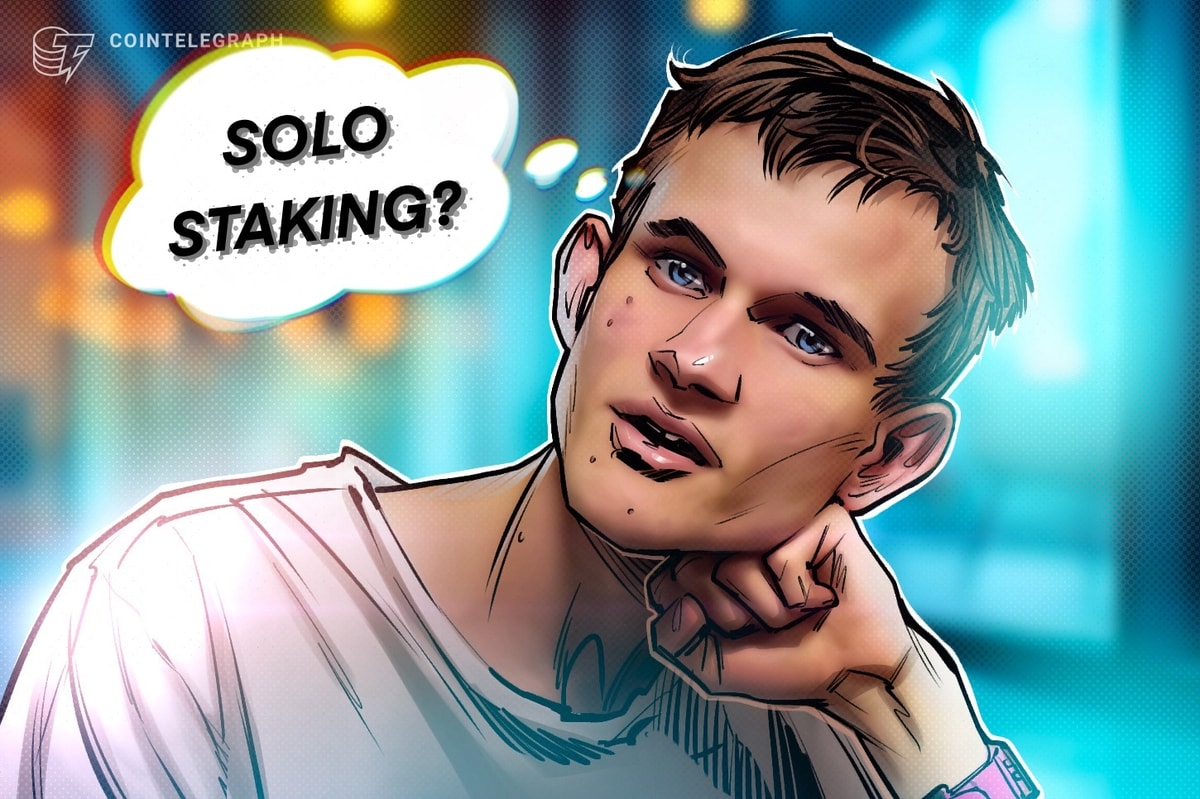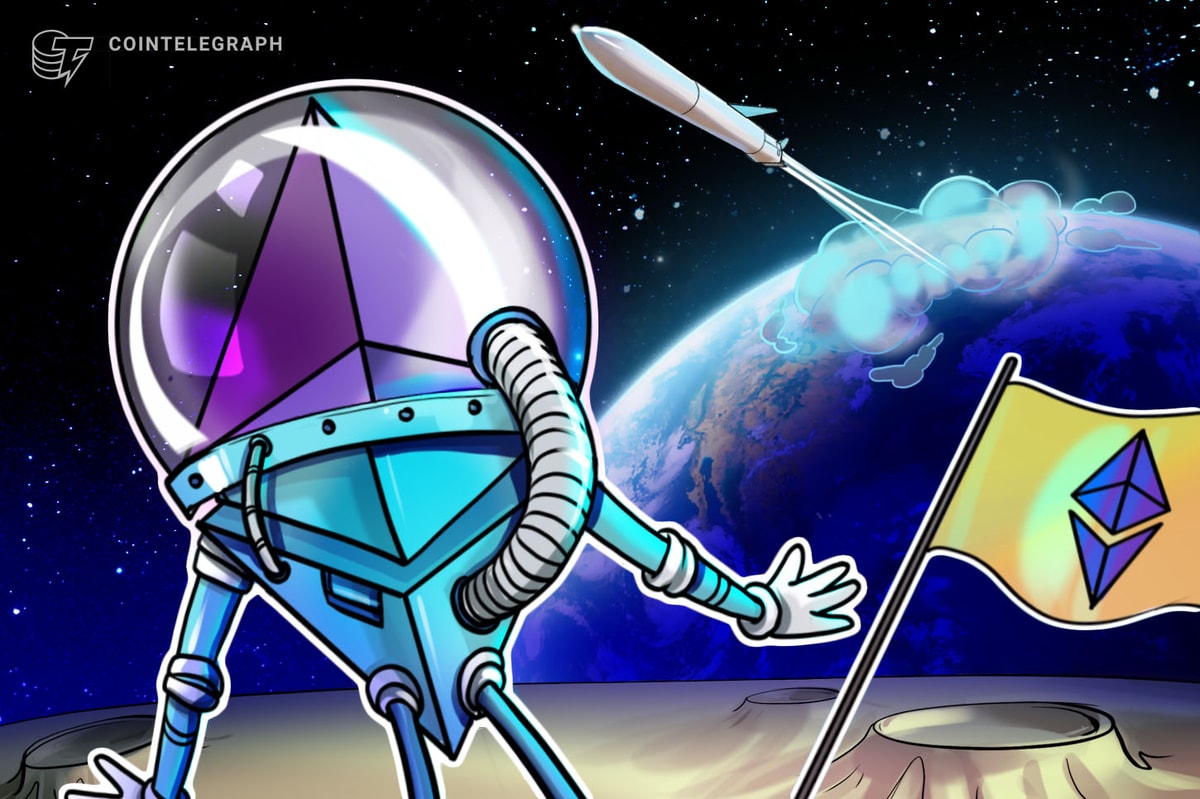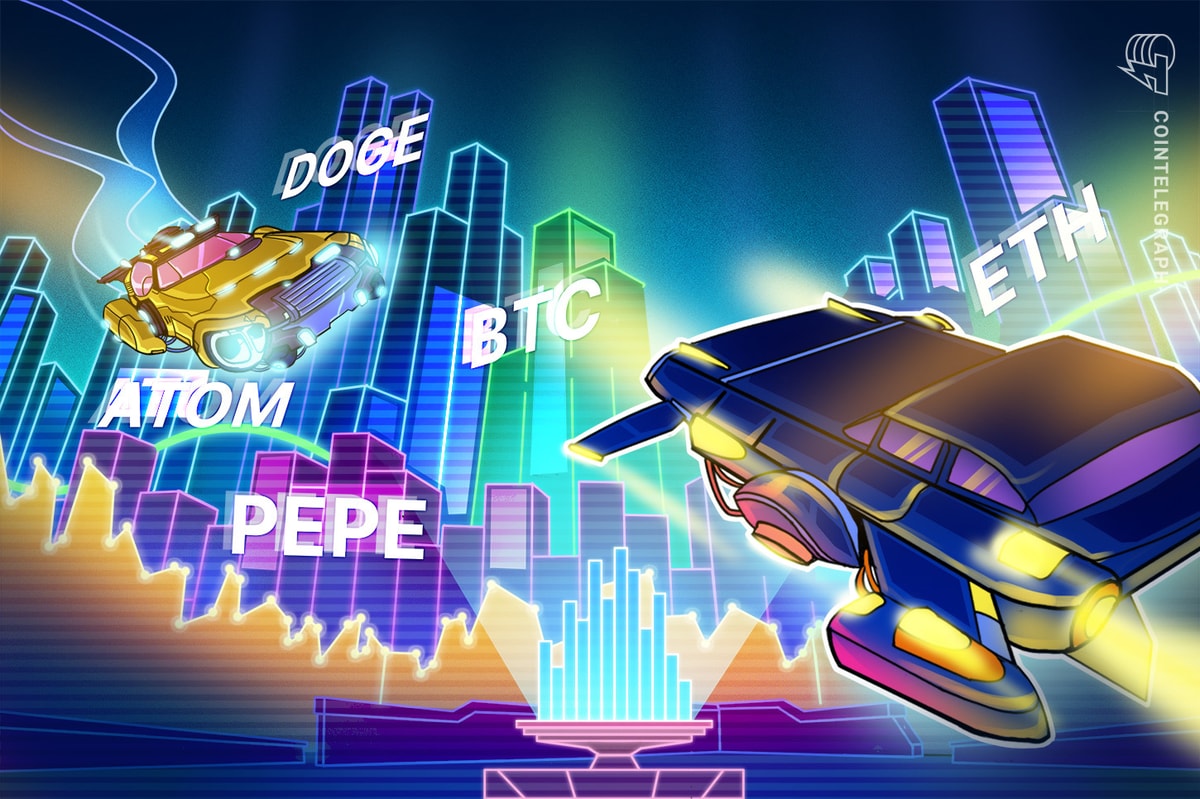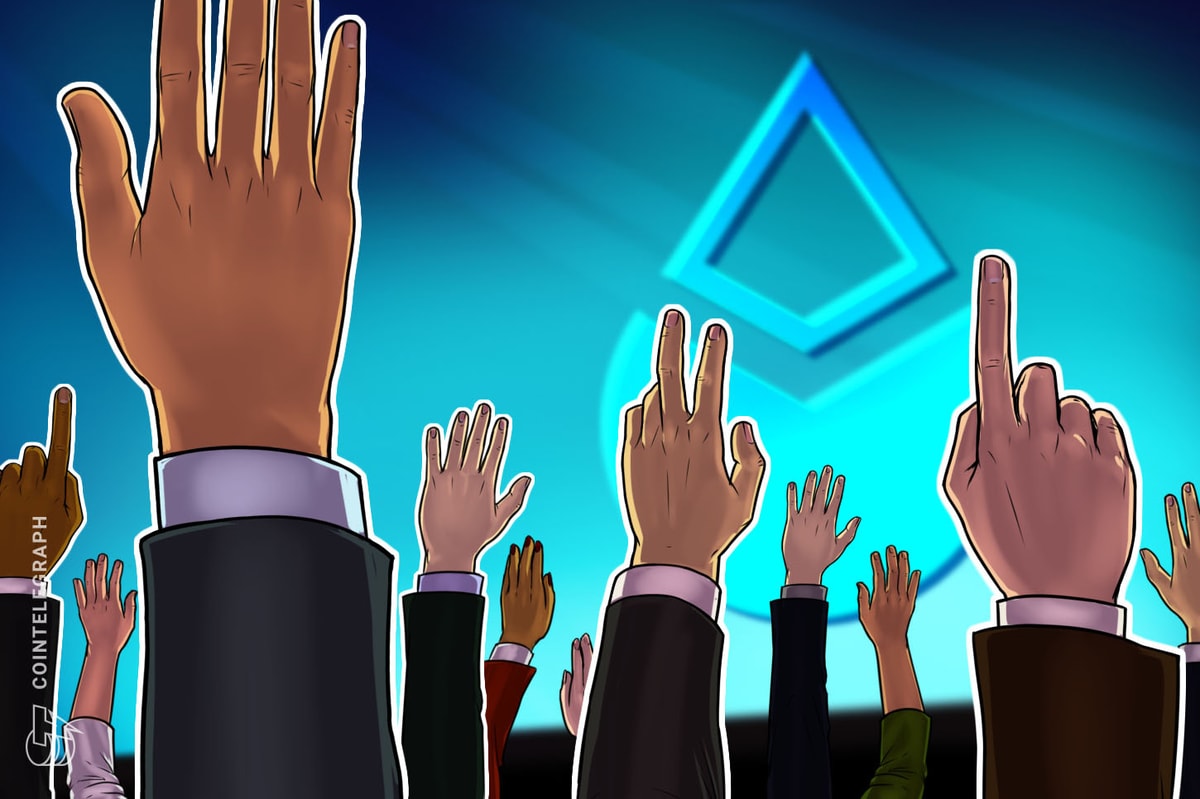Ethereum co-founder Vitalik Buterin has recognized the importance of lowering the minimum Ether required for crypto investors to earn passive income via solo staking.
On Oct. 3, Buterin joined a community discussion on X to support lowering the minimum Ether (ETH) deposit requirement for solo stakers.
Solo stakers run full nodes using private computer equipment without relying on third-party services, centralized entities or staking pools to run. However, the current requirement of locking up 32 ETH is a deterrent to broader participation.
Source: Vitalik Buterin
During the Ethereum Singapore 2024 event in September, Buterin highlighted the importance of solo stakers for strengthening Ethereum’s security and decentralization.
Buterin and Samuel Chong discussing network security and the role of staking at Ethereum Singapore 2024. Source: Cointelegraph
Importance of solo stakers in true decentralization
According to Buterin, even a tiny percentage of solo stakers can add an essential decentralized layer of protection for Ethereum and help defend the network against 51% attacks. He said at the time:
“The stronger that we can have solo, [...] I think there is a lot of ways in which that can serve as this really important extra layer of defense regarding security and privacy.”
In recent interactions with community members, Buterin highlighted ideas for nurturing a more extensive community of solo stakers. His temporary solution involved increasing the bandwidth requirement in exchange for dropping the minimum staking deposit mandate to 16 or 24 ETH.
Related: Vitalik Buterin proposes metrics to measure ‘Ethereum alignment’
Still, an Ethereum dev pointed out that bandwidth available to home networks depends on their physical location and could work against the intended cause.
Reducing solo staking requirement to 1 ETH
Still, Buterin said his temporary solution could make solo staking affordable and scalable. He added:
“Then once we figure out peerdas, bandwidth reqs go back down, and once we figure out orbit single-slot finality (SSF), the deposit minimum can drop to 1 ETH.”
Dropping the minimum requirement for Ethereum solo staking to 1 ETH would promote higher participation and make ETH more decentralized.
Recently, Buterin decided to act against Ethereum projects that claim to be layer-2 networks based purely on technicalities.
He said that all Ethereum layer 2s must reach “Stage 1” by the end of 2024. If they do not, the community should no longer refer to them as layer 2s.
Magazine: Advanced AI system is already ‘self-aware’ — ASI Alliance founder










